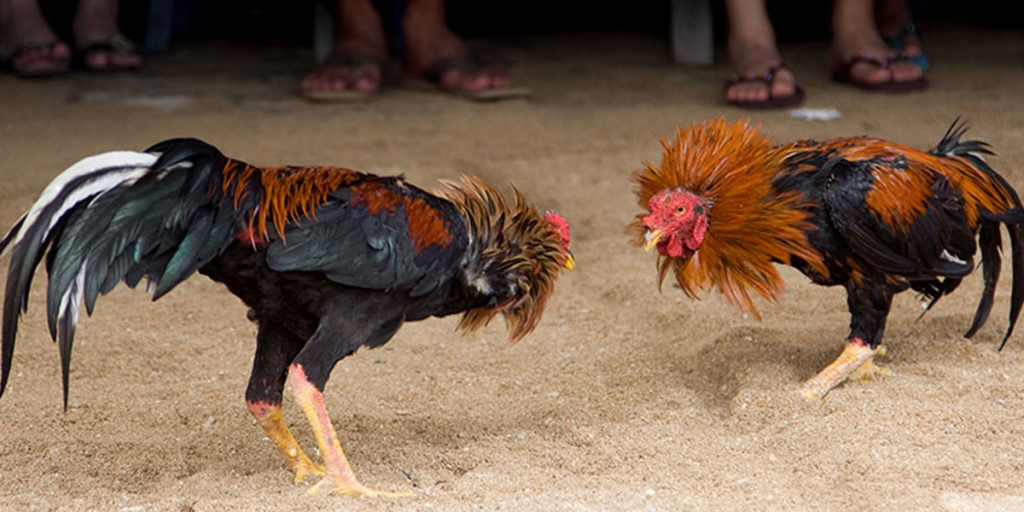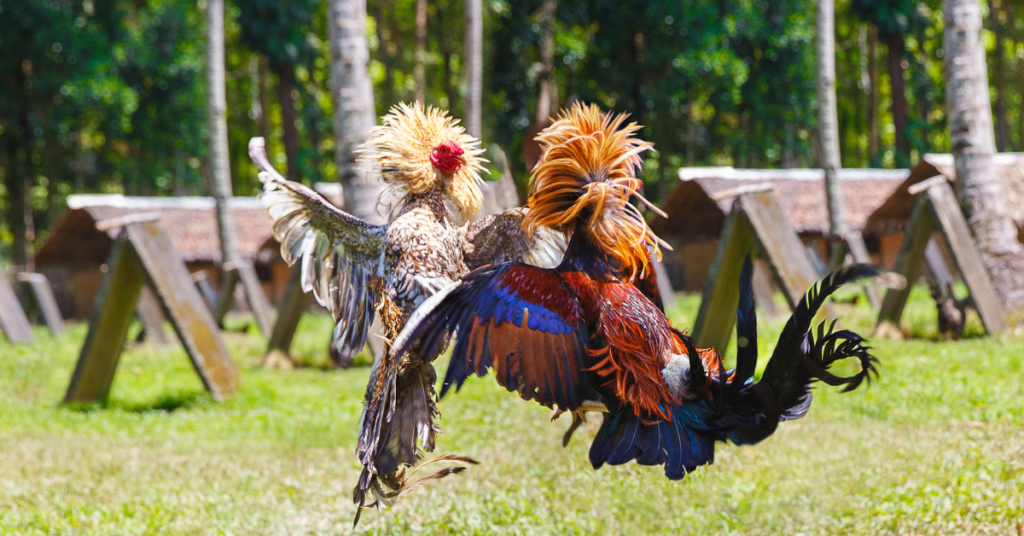SABONG: In the vibrant chaos of Philippine street life, you’ll find an unusual kind of noise rising from makeshift arenas — the thunder of betting calls, the flapping of feathers, and the electrifying roar of a tightly packed crowd. This is sabong — a centuries-old Filipino tradition where two roosters fight to the death, not just for glory, but for pride, livelihood, and deeply-rooted cultural identity.
Despite modern backlash and changing times, cockfighting continues to thrive — from rural provinces to high-stakes derbies streamed online. So why won’t this blood sport fade away? To understand that, we need to explore the history, cultural ties, economic importance, and the moral complexity that surrounds it.
Table of Contents
The Origins: Older Than the Nation Itself
Cockfighting predates Spanish colonization. When Ferdinand Magellan arrived in the Philippines in 1521, his chronicler, Antonio Pigafetta, noted that the natives were already engaging in cockfighting. That makes sabong at least 500 years old, likely even older.
Unlike other traditions introduced by foreign influence, cockfighting was homegrown, part of indigenous rituals. Roosters symbolized courage, masculinity, and status. Winning a fight was believed to bring luck or divine favor, particularly during community events or religious festivals.

Institutionalized by the Spanish, Regulated by Law
During the Spanish colonial era, sabong evolved from a communal pastime into an organized activity. The colonizers saw its potential — not only as entertainment but also as a taxable, regulated source of revenue.
This system of regulation persists today. Cockfighting is legal in the Philippines under Presidential Decree No. 449 (Cockfighting Law of 1974). Matches are allowed on Sundays, holidays, and during town fiestas. Each cockpit (locally called sabungan) is licensed, and operations are overseen by the local government and sometimes the Games and Amusements Board.
The Economy of Feathers and Blood
Cockfighting is not just tradition — it’s big business. The industry generates billions of pesos annually. It supports an entire ecosystem:
- Breeders
- Trainers
- Feed suppliers
- Knife makers (for the tari, or blades tied to the rooster’s legs)
- Veterinarians
- Handlers (kristos and sentenciadores)
A single high-breed rooster can cost ₱10,000 to ₱100,000 or more, especially if it’s proven in derbies. Tournaments like the World Slasher Cup attract local and international bettors and fighters, with cash prizes reaching into the millions.

The Culture: Why Filipinos Love Sabong
Cockfighting is more than gambling. For many Filipinos, especially in the provinces, it’s a social and cultural cornerstone:
- Community gathering: Like basketball games, cockfights bring the barangay together.
- Male bonding: It’s often a rite of passage among men, passed down from father to son.
- Strategic sport: Breeding and training roosters require patience, science, and experience. There’s pride in creating a champion.
- Local status: A respected breeder or owner becomes a figure of influence in the community.
And yes — the thrill of betting plays a huge role. The fast-paced calls of the kristo (bet taker), the rapid hand signals, the surge of emotion when a rooster strikes — it’s pure adrenaline.
E-Sabong: The Modern Reinvention
During the COVID-19 pandemic, physical cockpits closed. But sabong adapted. E-sabong — online cockfighting streamed live — exploded in popularity. Players could watch matches and place bets on their phones, anytime, anywhere.
However, e-sabong also brought controversy:
- Addiction: It became too accessible, leading to gambling problems.
- Crime: A string of mysterious disappearances involving sabong agents prompted national concern.
- Government crackdown: In 2022, then-President Rodrigo Duterte ordered a halt to e-sabong operations.
While e-sabong remains controversial, underground versions continue to operate.
The Roosters: Athletes of the Arena
Gamecocks are not ordinary chickens. They’re bred for speed, strength, and aggression. Breeding bloodlines is taken as seriously as racehorse genealogy.
Popular breeds include:
- Hatch
- Sweater
- Kelso
- Roundhead
- Lemon
Each breed has a different fighting style — some strike fast, others rely on power or endurance. Roosters undergo training regimens, including:
- Controlled sparring
- Special diets
- Muscle conditioning
- Stress management
These birds are athletes, and they’re often treated better than household pets — until the moment they step into the pit.

Morality and Controversy
Sabong is undeniably brutal. Two roosters with blades tied to their legs are forced to fight, often to the death. Animal welfare groups condemn it as cruel and outdated.
Even some Filipinos are divided:
- Urban youth tend to reject sabong, associating it with backwardness or exploitation.
- Traditionalists see it as heritage, no different from bullfighting in Spain or rodeo in the U.S.
The question remains: Can a society preserve culture while evolving its values?
Why Sabong Won’t Die
Despite everything — legal restrictions, moral debates, modernization — sabong endures. Why?
- It’s deeply Filipino: Sabong is embedded in the cultural DNA.
- It survives in hard times: In poor communities, raising a gamecock is an investment, a hope for winnings.
- It adapts: From dirt rings to digital screens, sabong evolves with technology.
- It entertains: Few local events can match its energy and emotional stakes.
Final Thoughts
Cockfighting is not just about blood and betting. It’s a mirror of Filipino life — resilient, passionate, sometimes chaotic, always full of heart. It’s a tradition that carries the weight of history, the pulse of the present, and the uncertainty of the future.
Whether it continues in licensed arenas or fades with modern ethics, one thing is certain: Cockfighting tells a uniquely Filipino story — and it’s not finished yet.
